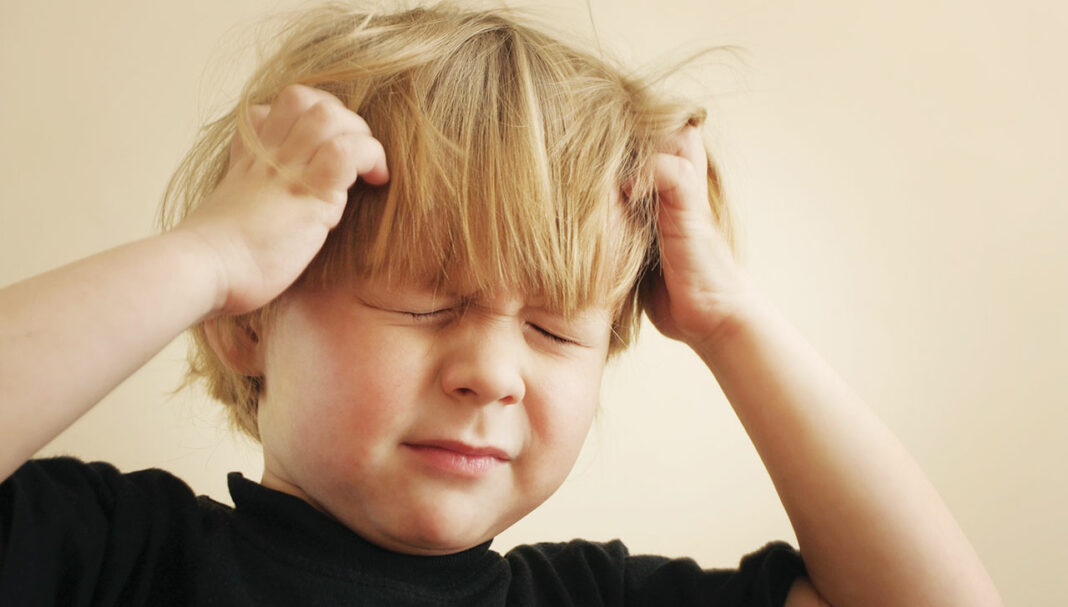Case scenario
Jane and her 5-year-old son visit the pharmacy. Jane believes her child has head lice for the first time and needs advice. You comb through the child’s hair using a fine-tooth comb and find moving lice. After confirming the child has no allergies, you recommend KP24 (malathion) lotion, which is a first-line treatment for head lice. You explain how to use the treatment: apply to dry hair, massage the lotion in for 6 minutes and leave it on the scalp for 30 minutes before washing. You advise Jane not to use hot tools while using this product (e.g. a blow dryer), as it is flammable. You emphasise that at least two applications are needed, at least 7–10 days apart. It should be followed up with daily wet combing to identify remaining or newly hatched live lice.
Learning objectivesAfter successful completion of this CPD activity, pharmacists should be able to:
Competency standards (2016) addressed: 1.1, 1.4, 1.5, 2.2, 3.1, 3.5 |
Already read the CPD in the journal? Scroll to the bottom to SUBMIT ANSWERS.
Introduction
Head lice (Pediculus humanus capitis) infestation is a global public health issue — the prevalence estimates range from 5% in Europe to 33% in Central and South America.1
THIS IS A CPD ARTICLE. YOU NEED TO BE A PSA MEMBER AND LOGGED IN TO READ MORE.



 John Jones MPS, pharmacist immuniser and owner of My Community Pharmacy Shortland in Newcastle, NSW[/caption]
John Jones MPS, pharmacist immuniser and owner of My Community Pharmacy Shortland in Newcastle, NSW[/caption]


 Debbie Rigby FPS explaining how to correctly use different inhaler devices[/caption]
Debbie Rigby FPS explaining how to correctly use different inhaler devices[/caption]




 Professor Sepehr Shakib[/caption]
Professor Sepehr Shakib[/caption]

 Lee McLennan MPS[/caption]
Lee McLennan MPS[/caption]
 Dr Natalie Soulsby FPS, Adv Prac Pharm[/caption]
Dr Natalie Soulsby FPS, Adv Prac Pharm[/caption]
 Joanne Gross MPS[/caption]
Joanne Gross MPS[/caption]








